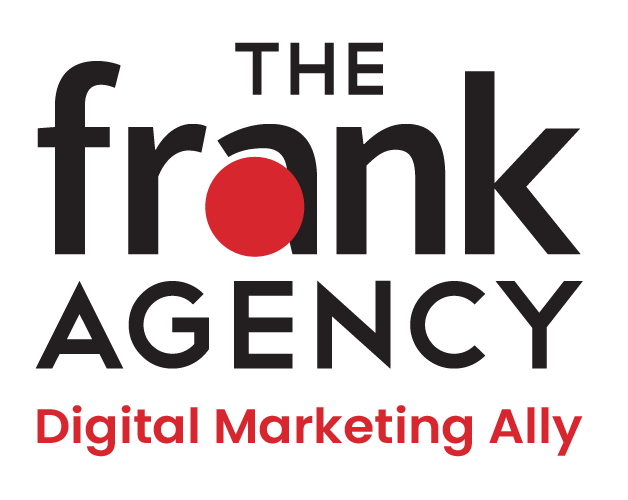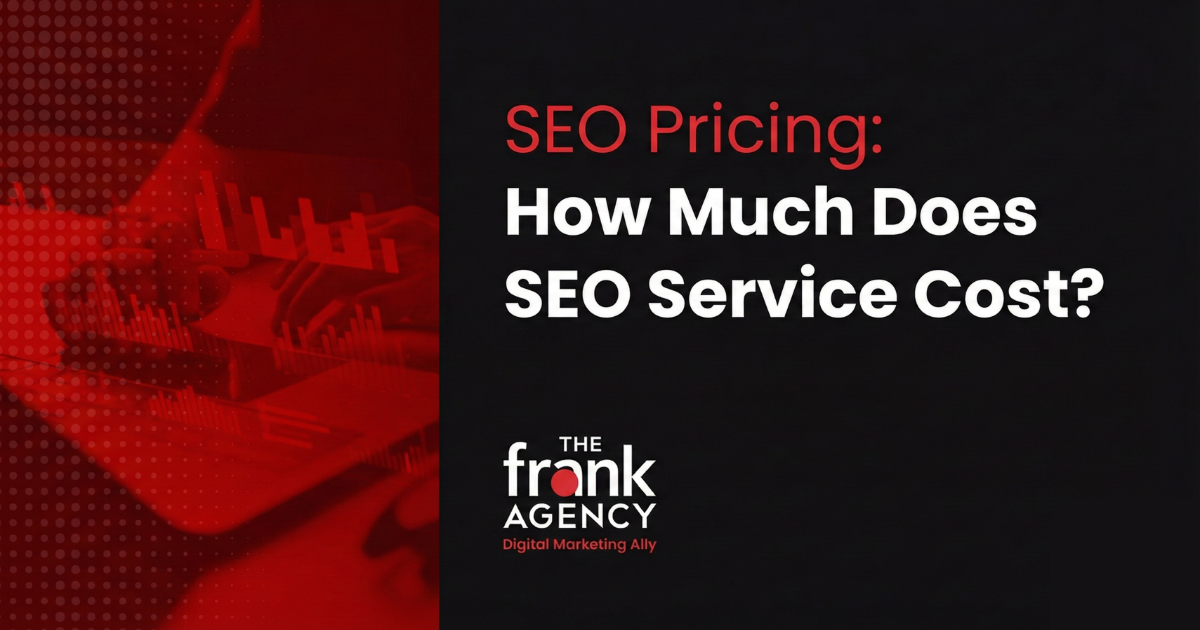As businesses allocate resources to their marketing efforts, it is essential to ensure that the budget is being spent effectively to maximize return on investment (ROI). By implementing proven strategies and utilizing data and analytics, businesses can master their marketing budget and achieve greater success.
In this article, we will explore the importance of maximizing ROI with your marketing budget and provide strategies for creating and executing effective marketing campaigns.
Strategies To Manage Marketing Budget and Maximize ROI
Here are some strategies that a company could use to manage marketing budgets and maximize ROI effectively:
What is ROI?
In marketing, ROI (Return on Investment) can be calculated as the revenue generated from the marketing budget divided by the marketing budget.
For example, if a company invests $10,000 in a marketing campaign and generates $50,000 in revenue as a result, the ROI would be calculated as follows:
ROI = ($50,000 – $10,000) / $10,000 x 100% ROI = 400%
In this scenario, the ROI would be 400%, indicating that the investment was profitable and generated a return compared to the initial cost.
By measuring ROI for various marketing initiatives, a company can identify which campaigns or channels are most effective at generating revenue and make data-driven decisions about where to allocate marketing budgets for maximum impact.
Measuring Sales and Revenue Against Marketing Budget
Measuring sales and revenue against marketing budgets should be the only metric any company uses to determine its marketing efforts’ effectiveness and identify opportunities to improve ROI. Here are some steps that a company can take to measure these metrics:
- Establish A Baseline: Review historical data on sales and revenue and establish a baseline against which to compare future results.
- Track Marketing Expenses: Keep a detailed record of all marketing expenses, including advertising, promotions, trade shows, online marketing, and other initiatives.
- Measure Lead Generation: Use analytics tools to track the number of leads generated by each marketing campaign and calculate the cost per lead for each initiative.
- Calculate Conversion Rates: Determine the conversion rate for leads generated by each marketing campaign, and track the number of leads that ultimately make a purchase or become a customer.
- Measure Revenue Generated: Track the revenue generated by each lead and the overall revenue attributed to marketing efforts.
- Compare Results to Marketing Budgets: Compare the results of each marketing campaign/channel to the corresponding campaign budget to assess whether the return on investment was positive.
- Analyze Data and Adjust Strategies: Analyze performance data to identify areas where marketing budgets should be increased or decreased and adjust accordingly.
For example, a company spends $10,000 on a social media advertising campaign and generated 100 leads, and 10 of those leads became customers with total revenue of $50,000. The cost per lead would be $100, and the return on investment (ROI) would be $40,000 ($50,000 in revenue minus $10,000 in marketing spend).
Avoiding Common Mistakes and Pitfalls
To avoid mistakes while measuring sales and revenue against the marketing budget and improve ROI, businesses should establish clear goals aligned with overall objectives and utilize robust tracking and analytics systems. Regular data analysis, A/B testing, and collaboration between marketing and sales teams are key. These strategies minimize errors, optimize budget allocation, and enhance ROI.
Conclusion
Mastering your marketing budget requires strategic planning, effective execution, and ongoing refinement. By setting clear goals and objectives, leveraging data and analytics to track expenses, leads, and conversion rates, and continuous measurement and refinement of your strategy, you can avoid common pitfalls and improve ROI to achieve long-term success.
Remember to continually evaluate and optimize your marketing campaigns to stay ahead of competitors and continue driving growth. By tracking and analyzing these metrics, a company can make informed decisions about where to allocate marketing budgets to maximize ROI and adjust strategies based on performance data to continually improve results.
If you’d like to begin a no-cost, no-obligation discussion about this or anything else about your marketing, we’re here to help.
About The frank Agency:
We’ve used our more than 40 years in business to develop two core competencies—brand positioning and digital marketing with our primary expertise in B2B marketing.
We’re proud to say that our longest client relationship is over 30 years. We foster these kinds of long-term relationships because our ultimate objective is to become an extension of your marketing team. Your priorities become our priorities. Your goals become our goals. And your success becomes our success.
If this sounds like a better way of doing business, please visit our website, reply to this email, or give us a call. We’d love to see how we can help.






